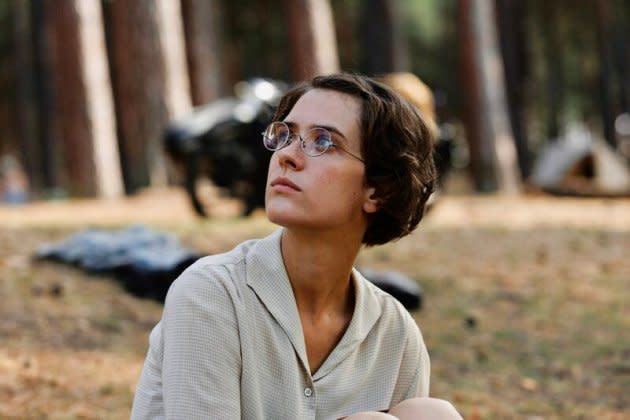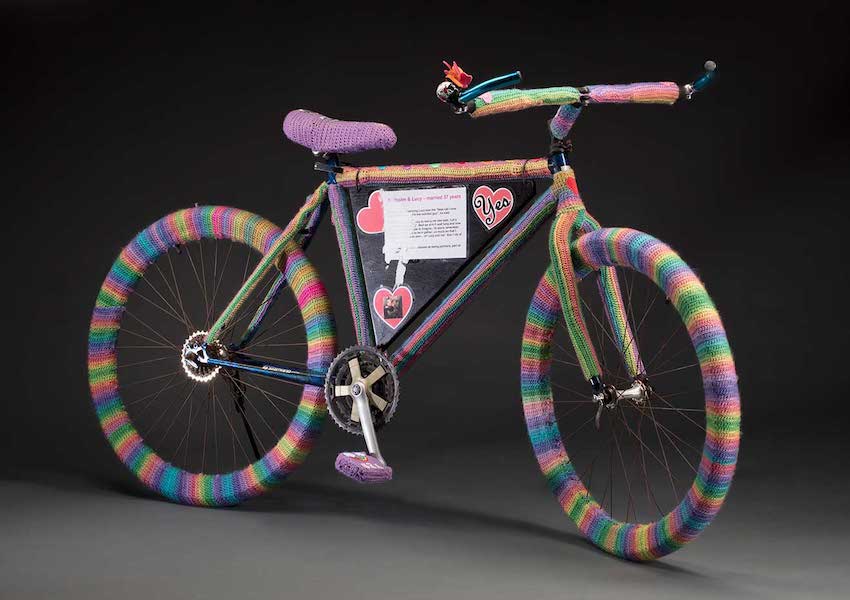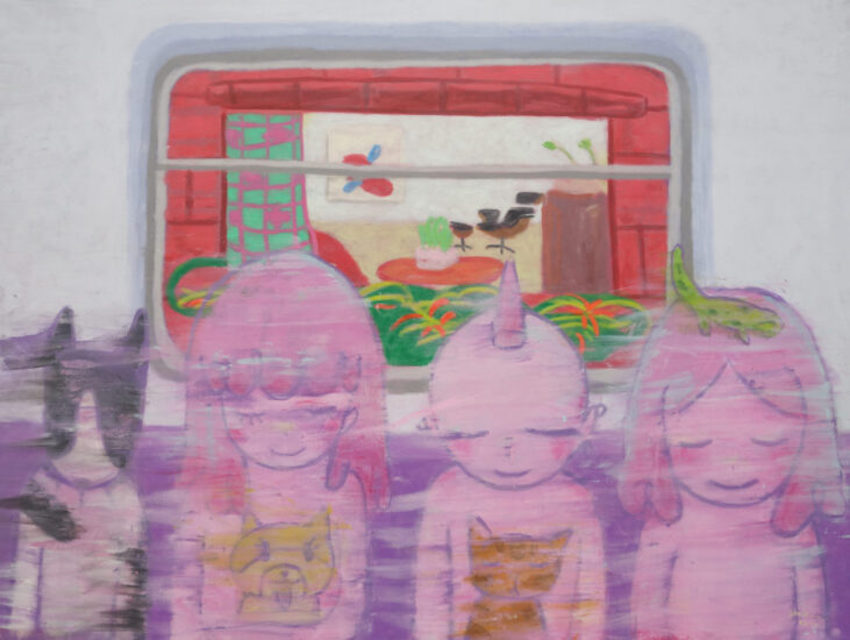
THE ENEMY AT HOME
During WWI in Australia, nearly 7000 so-called ‘enemy aliens’ were interned in isolated camps throughout the country. Australians of German and Austrian descent, and Germans captured in Asia were forced into the camps and subject to years of captivity, poor conditions and overcrowding. Even when released, many were deported to a war-ravaged Germany some hadn’t seen for decades.
The Enemy at Home, showing now at the Museum of Sydney, tells the story of these camps, through a recently discovered collection of photographs from a young Bavarian photographer living in the camps, Paul Dubotzki. Dubotzki’s remarkable archive, found in the small German town of Dorfen in 2007, sheds new light on the experience of living in the camps. In his internment from 1915 to 1919, Dubotzki captured the resilience of the internees as they transformed their dismal surrounds with cafes, theatres, gyms and sporting events, schools, artist studios, boat races, tennis courts, gardens and shops.
The photos are a wonderful archive, revealing much of a little-known aspect of Australia’s history. The accompanying information paints a picture of the camps as perhaps a little too cheery, though in the end the message is loud and clear as we read stories of men torn from their family and returned to a struggling country they no longer call home: in a country gripped by fear and xenophobia, the abuse is far more than physical. The Enemy At Home reminds us of the everyday tragedies that can occur a country that has lost its tolerance.
Until Sept 11, Museum of Sydney, cnr Bridge & Phillip St, Sydney, $10, 9251 5988, hht.net.au/museums/mos









